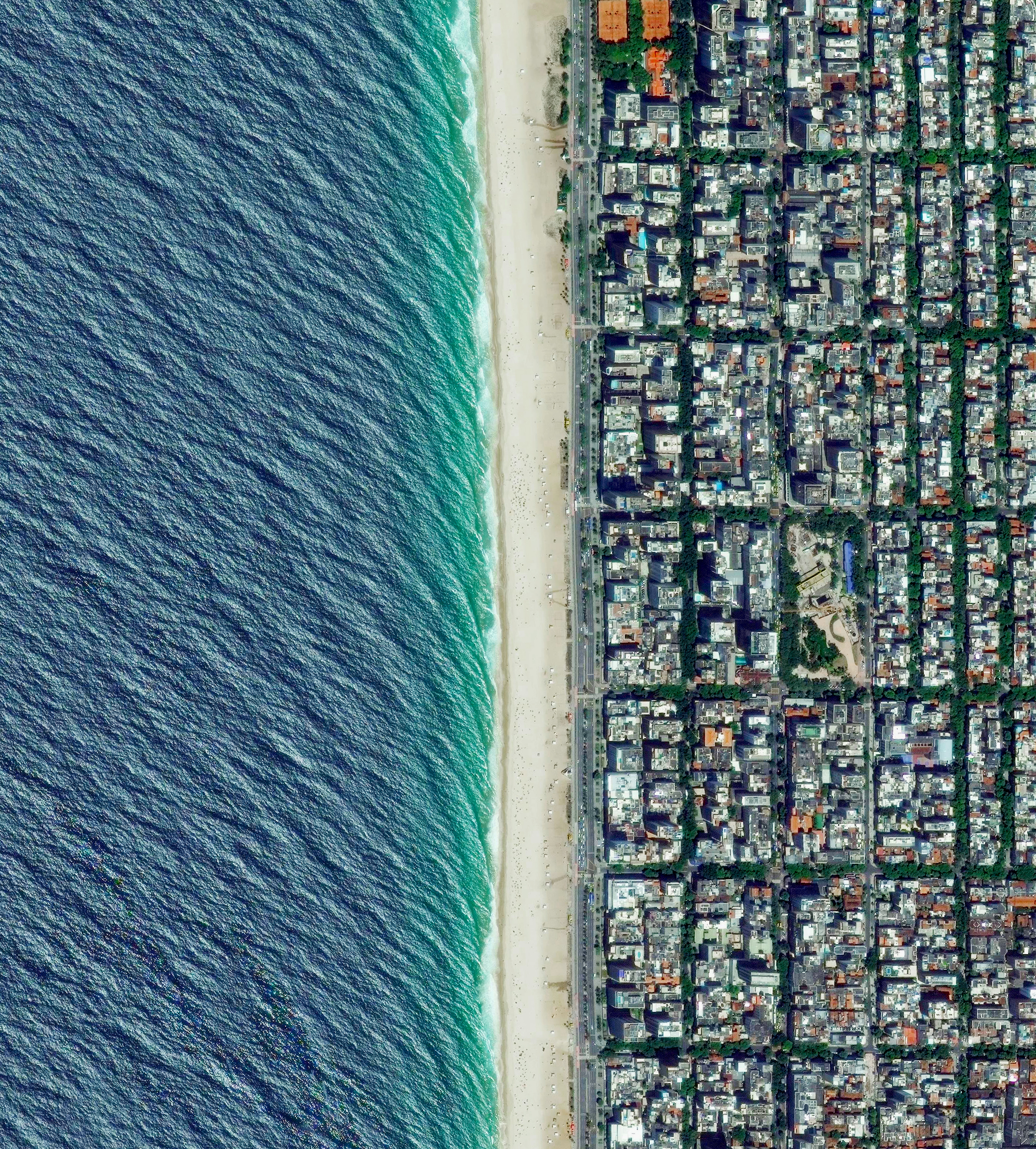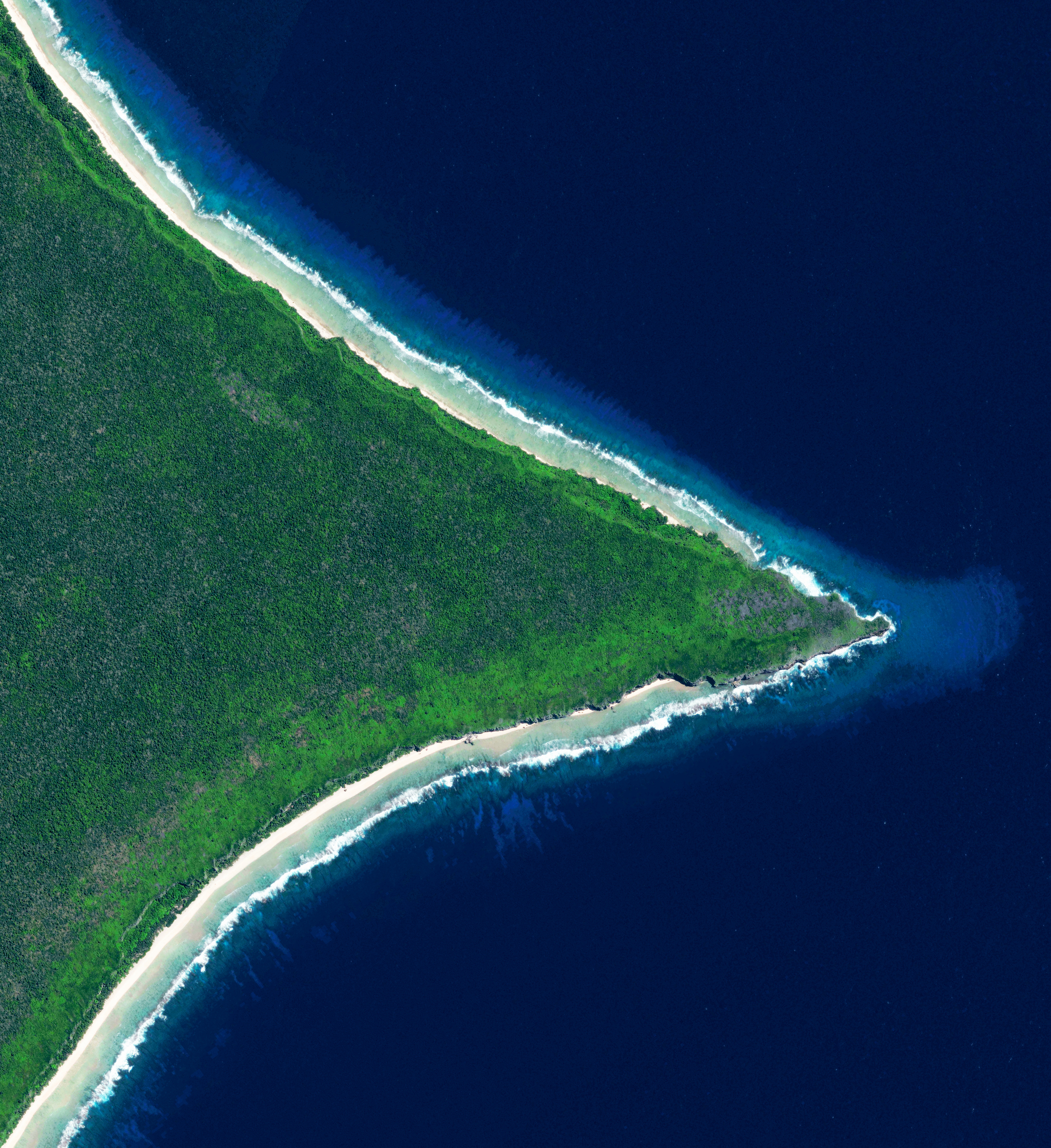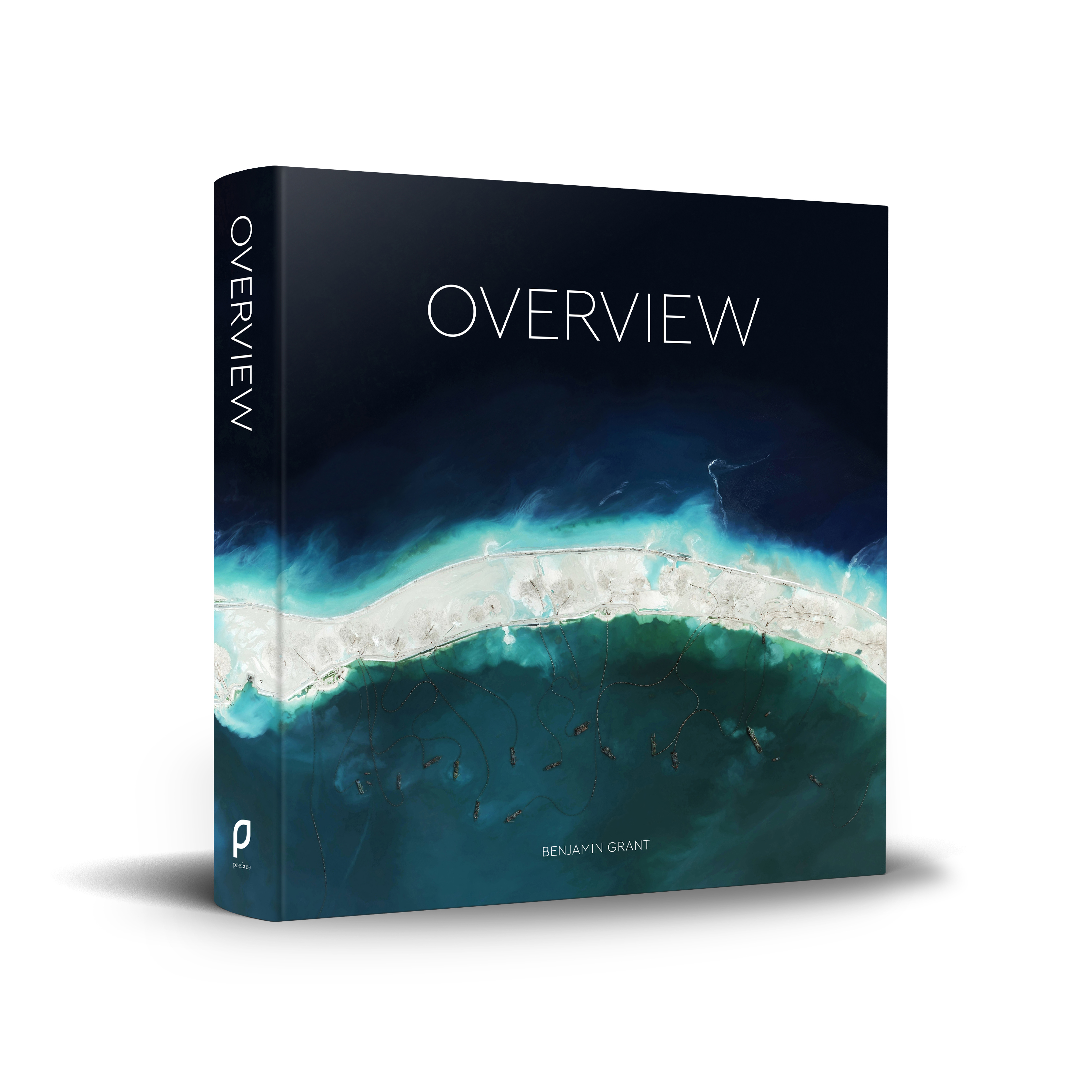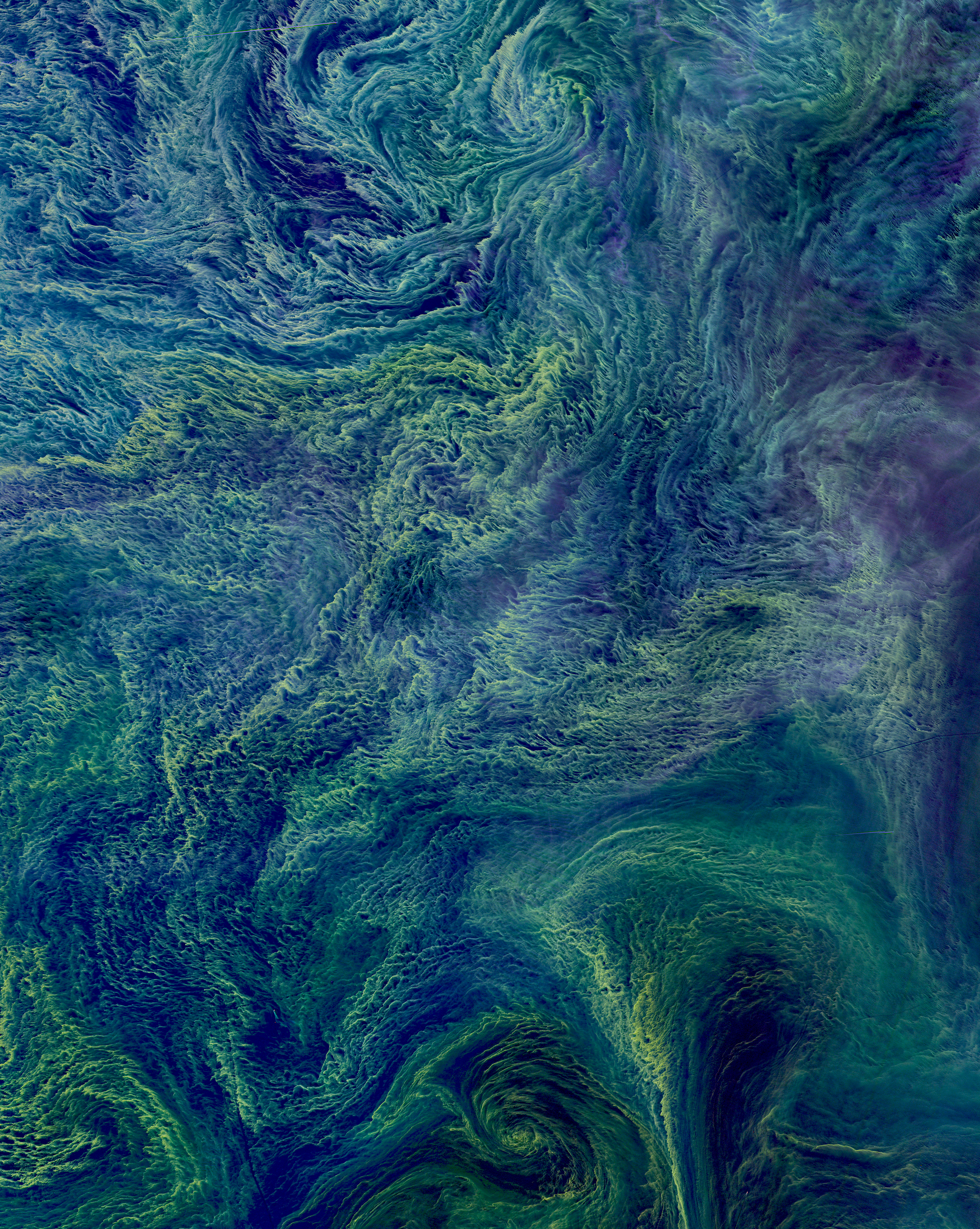Benjamin Grant is a visual artist who uses satellite imagery to create thought-provoking photographs of our planet. He calls his pieces “Overviews,” referencing the “Overview Effect,” a term used to describe a sensation reported by astronauts who have viewed Earth as a whole from space. True to their name, Benjamin’s photos allow his audience to experience Earth through a mesmerizing vantage point
Benjamin recently published his imagery alongside informative captions in his best-selling book Overview . The book provides insight into how our actions impact the planet and offers a fresh perspective on humanity’s relationship to the natural world.
Read more about the inspiration behind Benjamin’s art and the reaction he hopes to spark.
How long have you been an artist? How would you describe your work and artistic background?
I would say my artistic career started five years ago when I got my first DSLR camera. My eyes were opened to the power of photography and the importance of composition in all forms of artwork. This also inspired some experimentation with painting. All of that dabbling, as informal as it was, was essential training for me leading up to the moment I discovered I could use satellite photographs to show how we’re impacting the planet. I would also say that without formal artistic training, my study of art history in college also significantly inspires and influences all of my work.
Your images are called “Overviews,” inspired by the Overview Effect, can you explain what the Overview Effect is?
This term refers to the sensation that astronauts experience when given the opportunity to look down and view the Earth as a whole, from a great distance. They have the chance to appreciate our home in its entirety, to reflect on its beauty and its fragility all at once. Recent studies have shown that this vantage point inspires a greater appreciation for Earth’s beauty, and increased sense of a connection to all other living beings, and an unexpected level of emotion. That’s the shift that I hope to inspire with my work.

What is your relationship with oceans and the environment? Have those relationship influenced your work?
At the outset of the project, I decided the Overviews would focus primarily on places where humans — for better or for worse— have impacted the landscape. Accordingly, every overview begins with a thought experiment. I consider the areas where man has left his mark on the planet and then conduct the necessary research to identify the locations (and the corresponding geo-coordinates) that convey that idea. Four years into the project, I have found innumerable examples that show we have impacted our oceans. Whether they serve as a place where we get our food from, a place we move across, a place where our waste goes, or any number of other reasons, the Overview perspective makes it abundantly clear that human activity is deeply connected, and deeply impacts, the oceans around the world.

What Overview surprised you the most?
I think the most impactful Overviews are the ones that get people to ask “what is that?” To me that signifies that their mind is open and they are genuinely curious about what they are seeing. This is an opportunity to educate someone about what we are doing to the planet. I also think it’s fascinating to consider how the scale of an Overview can make the composition particularly abstract in nature, and this feeling of unfamiliarity can mesmerize someone so much that they are excited to learn something new about our species, and our planet.

What inspired you to turn your work into a book? Are there other mediums through which you plan on sharing your work in the future?
Publishing the book “Overview” was a dream come true for me. I had contemplated doing a coffee-table book for quite a while, but I think the timing was right (in 2015) and don’t think things would have turned out as well as they did without the first two years of work on the project. The Overviews in the book are grouped by themes of human impact so what results are numerous photo-essays around a particular concept (e.g., Where We Harvest, Power, Live, Waste).
In addition to doing two museum exhibitions this summer, my team is looking to put together displays in the future that combine new technologies to create a more interactive experience with the imagery. I can’t say too much on this now but lots more exciting stuff to come in the year ahead!

What reactions would you like people to have to your work and what message do you want them to take away?
I hope my work inspires inquisitiveness and contemplation. Inquisitiveness about the vastness, beauty, and intricacy of our planet; contemplation about what we are doing to it and how we need to protect it. If people learn more, understand more, and think more about what is going on, I firmly believe they will make choices that will lead to a smarter and more sustainable future for themselves, for other humans, and for the planet.

See more of Benjamin’s work
Website: www.dailyoverview.com
Instagram: @dailyoverview
Newsletter: www.dailyoverview.com/mission
His prints are also on display in Tel Aviv, Israel; Hjo, Sweden; and Amsterdam, Netherlands.Instagram: @dailyoverview
Newsletter: www.dailyoverview.com/mission
His prints are also on display in Tel Aviv, Israel; Hjo, Sweden; and Amsterdam, Netherlands.